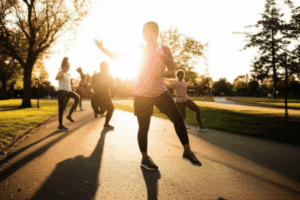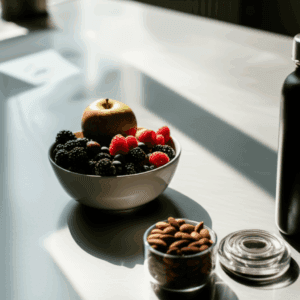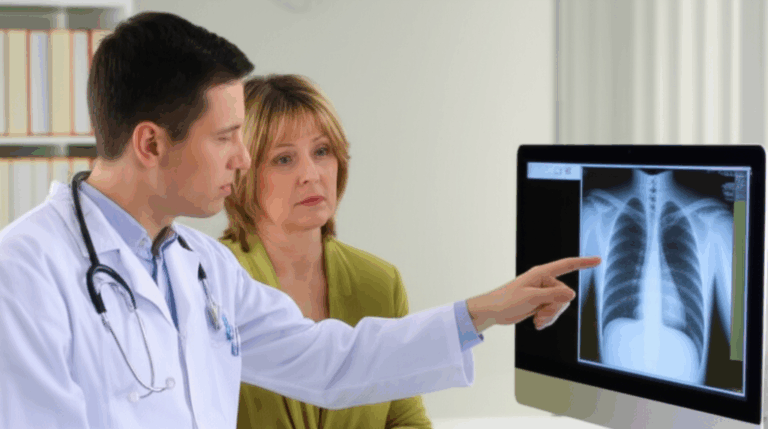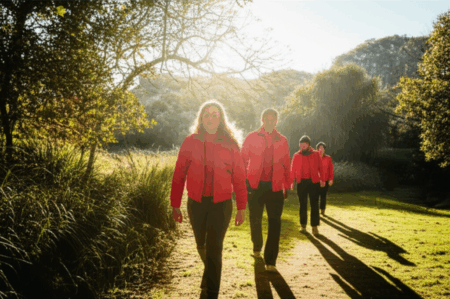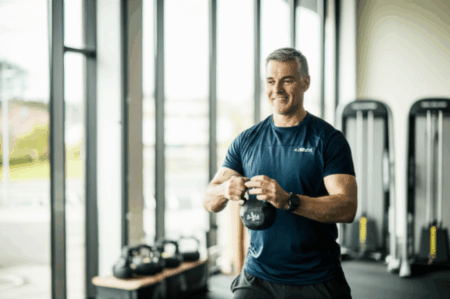For years, I believed that age meant a slow, inevitable decline in physical capabilities. After a diagnosis of osteopenia in my late fifties, a condition characterized by lower than normal bone density, that belief was reinforced. I was told to be careful, to avoid falls, and to consider medication. But at 63, I’m not just “being careful”—I’m actively thriving, deadlifting significant weight, and even performing box jumps. My journey wasn’t about fighting against age, but rather embracing a strategic, consistent approach to strength and bone health. This is how I did it, and the exact routine that transformed my body and my outlook.
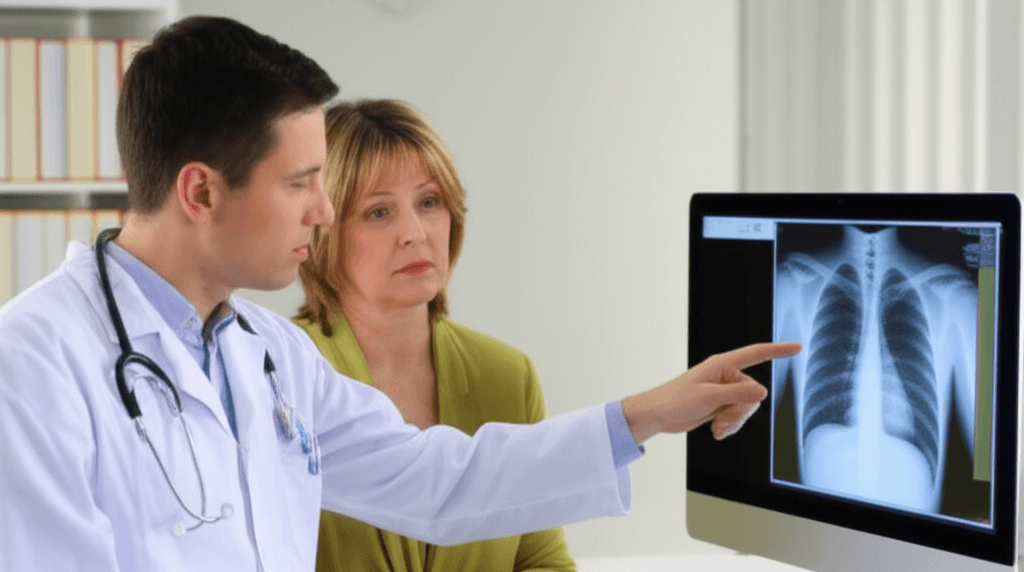
Understanding Osteopenia and the Initial Challenge
Osteopenia is a precursor to osteoporosis, meaning my bones were weaker than they should be, increasing my risk of fractures. For many, this diagnosis leads to fear and avoidance of physical activity, especially high-impact movements. However, research consistently shows that weight-bearing and resistance exercises are crucial for stimulating bone-forming cells and improving bone mineral density (BMD). The challenge for me was not just to maintain, but to reverse the trend of bone loss while building functional strength and confidence.
My doctor’s initial advice focused on low-impact activities, which are certainly valuable. But I felt there was more I could do. I wanted to move beyond just preventing further decline; I wanted to build resilience. That’s when I started exploring more intensive, yet carefully managed, strength training.
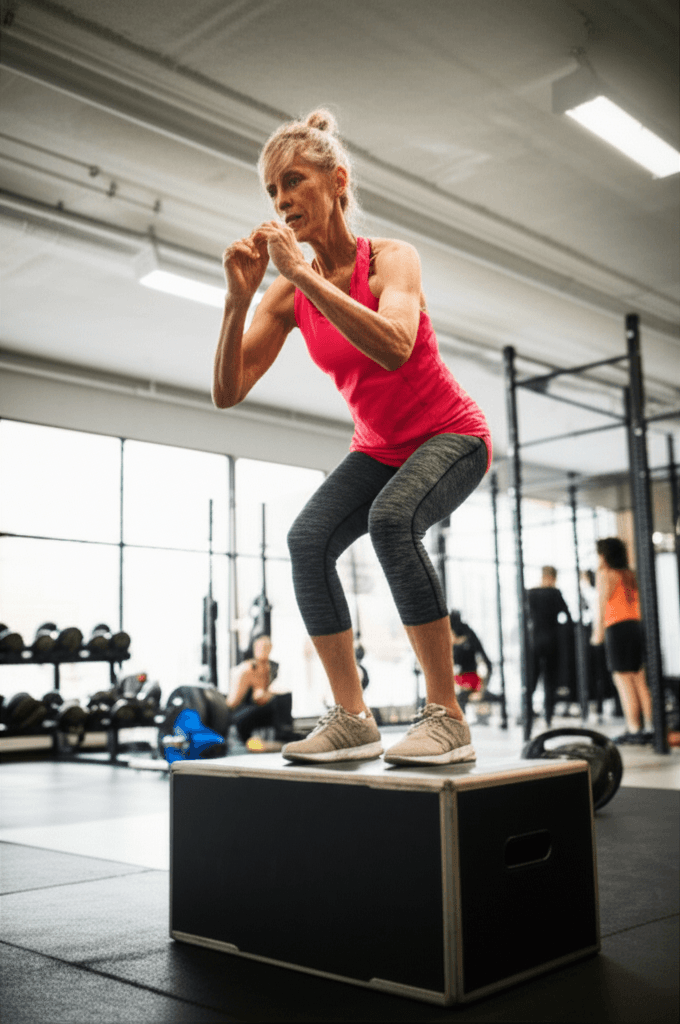
The Turning Point: Why I Chose Strength Training
The decision to pursue strength training wasn’t made lightly. I consulted with a physical therapist and a personal trainer experienced with older adults and bone health conditions. Their guidance was invaluable in designing a program that was both effective and safe. Strength training, I learned, is not only vital for building muscle mass (which naturally declines with age, a condition known as sarcopenia) but also directly stimulates bone growth. Exercises that put mechanical stress on the bones, particularly in areas vulnerable to fracture like the spine and hips, are key.
I realized that “being careful” didn’t mean being sedentary. It meant being smart and progressive with my training.
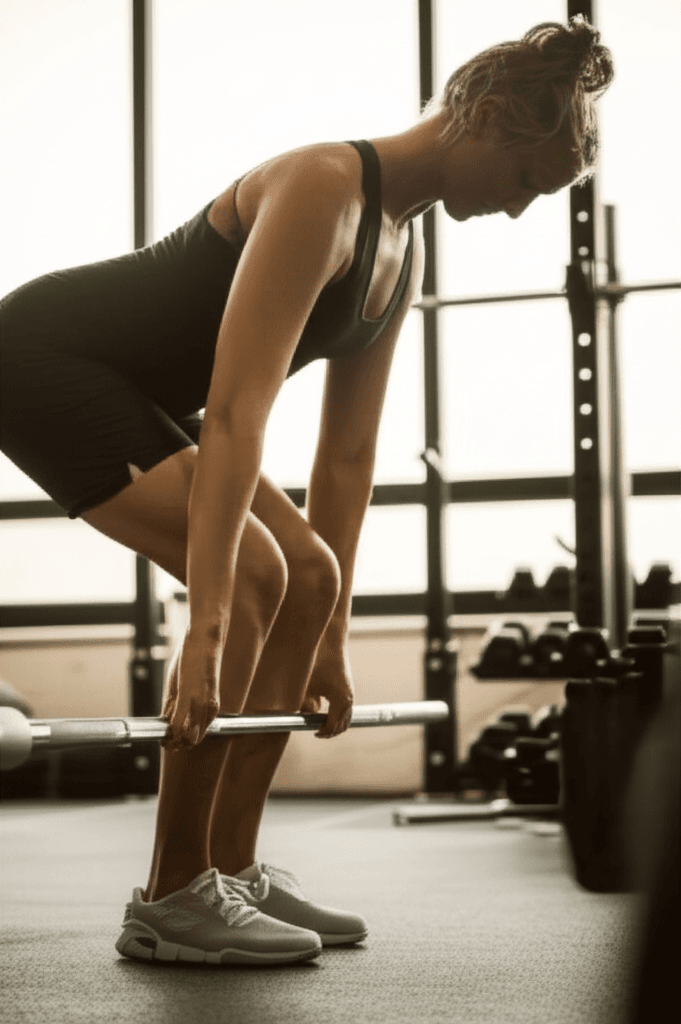
My Exact Training Routine: Building Back Bone and Muscle
My routine evolved over several years, starting with fundamental movements and gradually increasing in intensity and complexity, adhering to the principle of progressive overload. This means continually challenging the body by increasing weight, repetitions, sets, or the difficulty of exercises.
My weekly schedule generally involved three full-body strength training sessions, with active recovery or rest days in between.
Phase 1: Foundation and Bone Density Focus (Months 1-6)
Initially, the focus was entirely on establishing proper form, engaging core muscles, and introducing my bones and muscles to controlled resistance. I started mostly with bodyweight exercises and light dumbbells or resistance bands. Avoiding jerky, rapid movements and exercises involving forward bending or twisting of the spine was crucial due to the osteopenia.
Sample Session (3x/week, e.g., Mon/Wed/Fri):
- Warm-up (10 minutes): Light cardio (walking, elliptical) and dynamic stretches (arm circles, leg swings, hip rotations).
- Bodyweight Squats: 3 sets of 10-15 repetitions. Focus on controlled movement, keeping the back straight and chest up.
- Glute Bridges: 3 sets of 12-15 repetitions. Excellent for posterior chain and hip strength.
- Wall Push-ups / Incline Push-ups: 3 sets of 10-12 repetitions. Gradually moved from walls to elevated surfaces.
- Dumbbell Rows (Single Arm): 3 sets of 10-12 repetitions per arm with light weight. Important for back muscles and posture.
- Overhead Press (Light Dumbbells): 3 sets of 10-12 repetitions. Strengthens shoulders and upper spine.
- Calf Raises: 3 sets of 15-20 repetitions.
- Balance Exercises: Single-leg stands, heel-to-toe walks (2-3 minutes).
- Cool-down (5 minutes): Static stretches, holding each for 20-30 seconds.
During this phase, any increase in resistance was very gradual, often just a pound or two on dumbbells or moving to a slightly harder resistance band.
Phase 2: Progressive Overload and Strength Building (Months 7-18)
Once my form was solid and I felt stronger, I began incorporating heavier weights and compound movements, which are multi-joint exercises that work several muscle groups simultaneously. This is where exercises like deadlifts became a game-changer. Deadlifts, when performed with proper form, significantly increase bone mineral density, particularly in the hip and lower back. They also build full-body strength and functional fitness, mimicking everyday movements like picking something up off the ground.
Sample Session (3x/week):
- Warm-up (10 minutes): Dynamic stretches, light cardio, movement-specific warm-ups (e.g., empty barbell deadlifts before heavier sets).
- Deadlifts (Conventional or Sumo): 3 sets of 5-8 repetitions. I started with just the barbell (45 lbs) and gradually added weight, ensuring my form was perfect before increasing. It was initially intimidating, but the focus on hinging at the hips and engaging the core made it manageable.
- Goblet Squats / Barbell Back Squats: 3 sets of 8-10 repetitions. Squats strengthen hips, thighs, and the lower back, promoting bone growth.
- Bench Press (Dumbbell or Barbell): 3 sets of 8-10 repetitions.
- Bent-Over Rows (Dumbbell or Barbell): 3 sets of 8-10 repetitions.
- Overhead Press (Dumbbell or Barbell): 3 sets of 8-10 repetitions.
- Farmer’s Carries: 3 sets for distance or time. Great for grip strength, core stability, and full-body engagement.
- Cool-down (5-10 minutes): Static stretches, foam rolling.
I continued to increase weights incrementally, often by 5-10 pounds for larger lifts, whenever I could complete all sets and reps with good form.
Phase 3: Advanced Movements and Functional Fitness (Beyond 18 Months)
With a solid foundation of strength and bone density, I cautiously introduced more dynamic and plyometric exercises, specifically box jumps. These are excellent for developing explosive power, coordination, and agility, which are critical for preventing falls as we age.
Integration into Weekly Schedule:
I didn’t replace my heavy lifting, but rather integrated box jumps as a power component at the beginning of my leg days or as a standalone short session.
- Box Jumps: 3-5 sets of 3-5 repetitions. I started with a very low box (6-12 inches) and focused on landing softly, absorbing the impact with bent knees, and stepping down rather than jumping off. The goal was to master the movement safely before increasing height.
- Other Plyometrics: Occasionally, I’d include step-ups or squat jumps, always prioritizing form and controlled landings.
This phase also involved variations of deadlifts and squats to continually challenge the muscles and bones in new ways.
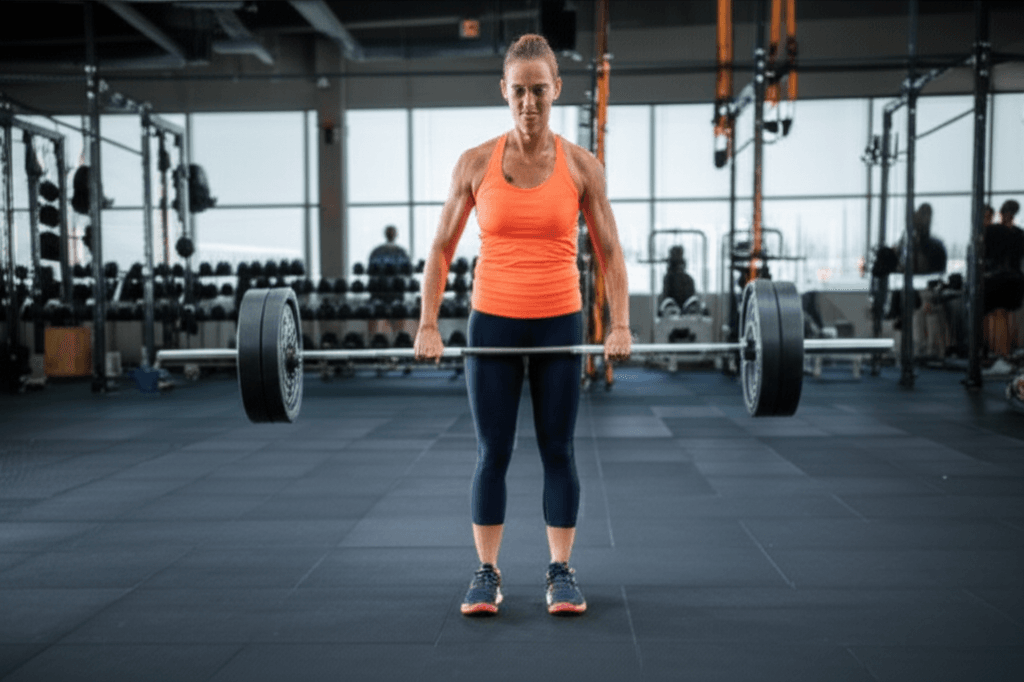
Beyond the Weights: Nutrition and Recovery
My physical transformation wasn’t solely about lifting. What I put into my body and how I recovered were equally important for bone health and muscle growth.
- Protein: Essential for muscle repair and growth. I ensured adequate protein intake with every meal.
- Calcium and Vitamin D: These are the bedrock of bone health. I focused on calcium-rich foods like dairy, leafy greens (kale, collard greens), and fortified foods, along with fatty fish (salmon, sardines) for Vitamin D. Sunlight exposure also played a role in Vitamin D synthesis.
- Other Micronutrients: Magnesium, Vitamin C, Vitamin K, and potassium also contribute to bone health. I achieved this through a diet rich in fruits, vegetables (especially bell peppers), nuts, and legumes.
- Hydration: Drinking plenty of water is fundamental for all bodily functions.
- Recovery: I prioritized 7-8 hours of sleep per night and incorporated foam rolling and stretching to aid muscle recovery and flexibility. Rest days were just as important as training days, allowing my body to adapt and grow stronger.
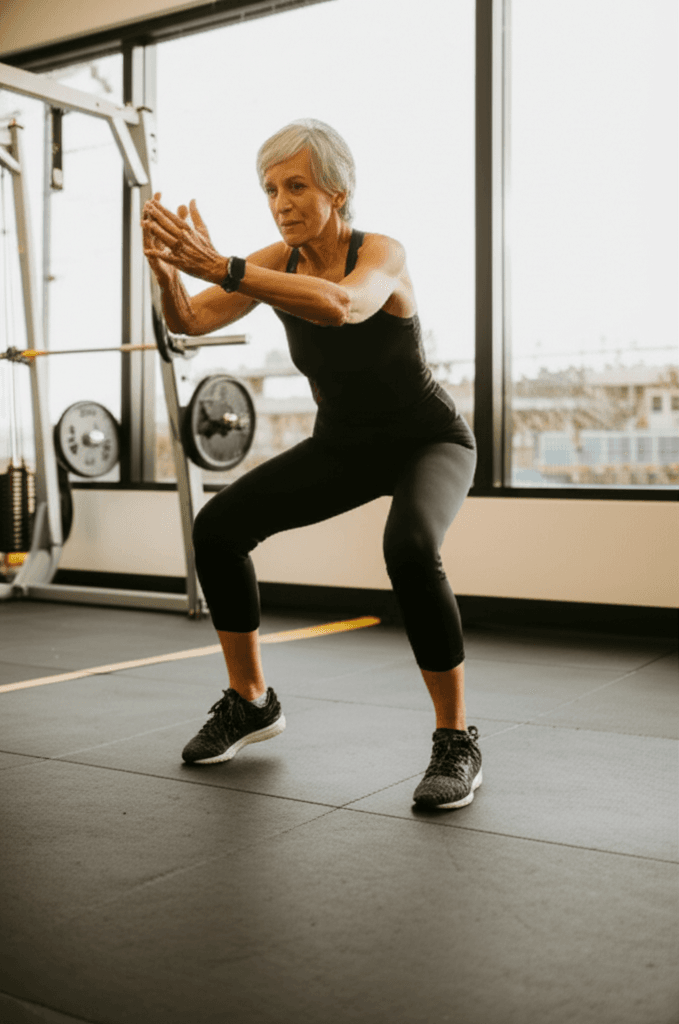
The Unexpected Benefits: More Than Just Strong Bones
The most profound changes weren’t just in my bone density scores or the numbers on the barbell. My overall quality of life improved dramatically. I have more energy, better balance, and significantly increased confidence in my physical capabilities. Daily tasks, from carrying groceries to playing with my grandchildren, feel effortless. The fear of fragility has been replaced by a sense of robust strength and resilience.
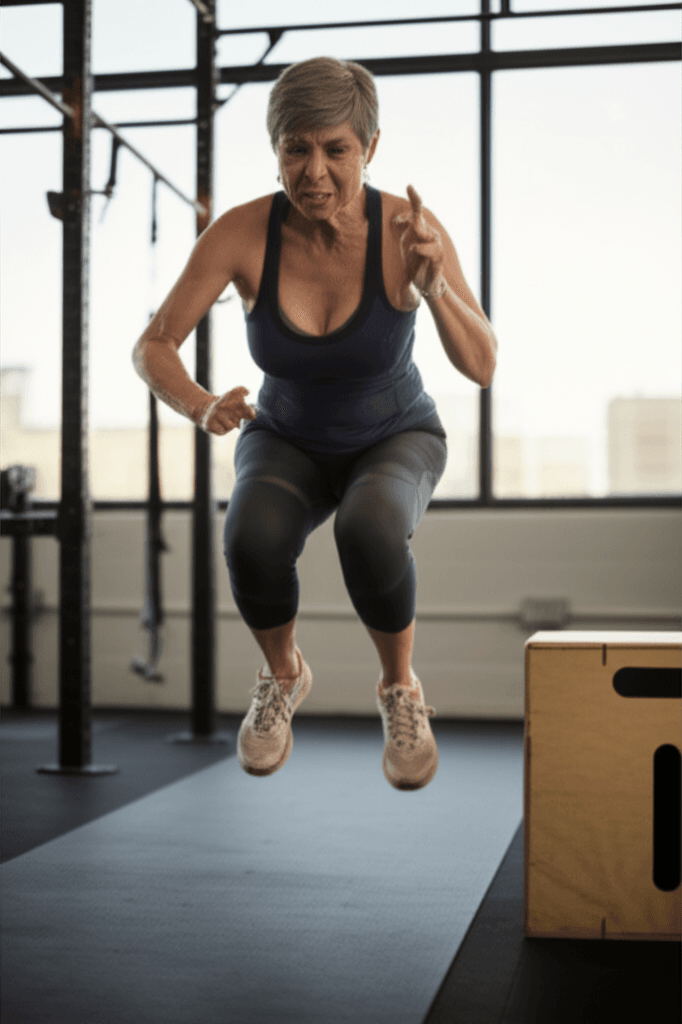
Advice for Others: Starting Your Own Journey
If you’re an older adult, or someone with osteopenia or osteoporosis, and are inspired to start a similar journey, here are my key takeaways:
- Consult Your Doctor: Always get medical clearance before starting a new exercise program, especially if you have an existing condition like osteopenia or osteoporosis.
- Find a Qualified Professional: Work with a physical therapist or certified personal trainer experienced in working with older adults and bone health. They can assess your individual needs, teach proper form, and ensure safe progression.
- Start Slow and Be Patient: Your body needs time to adapt. Begin with bodyweight or very light weights, master the form, and gradually increase intensity. Progressive overload is key, but so is listening to your body and avoiding overdoing it.
- Prioritize Compound Movements: Exercises like squats, deadlifts, and presses work multiple muscle groups and are highly effective for stimulating bone growth.
- Focus on Form Over Weight: Lifting heavy with poor form is an express ticket to injury. Perfect your technique first.
- Include Balance Training: Essential for fall prevention, which is particularly important for bone health.
- Embrace Nutrition and Recovery: Fuel your body with nutrient-dense foods and allow adequate rest for repair and growth.
- Consistency is King: Show up regularly, even on days when you don’t feel 100%. Small, consistent efforts compound over time.
Conclusion: Age is Just a Number When It Comes to Strength
My journey from an osteopenia diagnosis to confidently performing box jumps and deadlifts at 63 is a testament to the body’s incredible capacity to adapt and strengthen at any age. It wasn’t about finding a magic bullet, but about consistent effort, smart training, and a holistic approach to health. If I can do it, you can too. The path to stronger bones and a more vibrant life is open, no matter how many candles are on your birthday cake.

